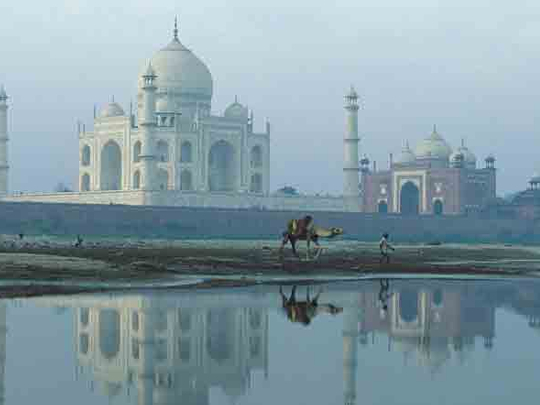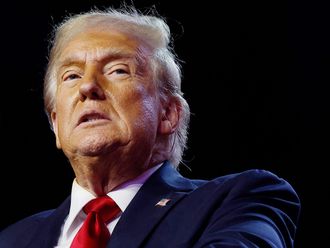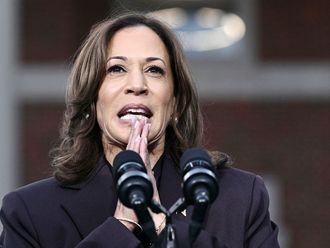
When asked which animals symbolise China and India, most people would say the dragon and the elephant. In terms of long-term economic prospects, however, the hare and the tortoise may well be more appropriate choices. While India has been moving more slowly than China, there is a distinct possibility that over the next decades, we may see it catching up and, ultimately, pulling ahead.
Most will find this far-fetched. After all, China has been winning the race hands down. Adjusted for differences in purchasing power, China's GDP is more than twice that of India in total size and about twice as large per capita. China has been far more successful in lifting people out of absolute poverty. And Chinese growth has continued to outpace India's.
One reason for China's ability to pull ahead is economic fundamentals. Scholars usually attribute economic growth in early development to mobilisation of capital and of labour into productive processes. China comes out ahead for both. Especially in terms of human capital, India has been severely handicapped. Regulations have prevented the mass mobilisation of people into industry, and with average illiteracy rates of about 40 per cent — compared with less than 10 per cent in China — even basic skills are often missing in India. Underlying these differentials are variations in the roles played by the state. The World Bank ranks India 133rd out of 183 economies in terms of ease of doing business, while China is placed at 89th. And at an even more fundamental level, Chinese culture is arguably more conducive to economic growth than India's. While the Hindu caste system discourages upward social mobility, China's Confucian underpinnings provide a mechanism for mobility through education.
In short, China looks like the sure winner. But so did the hare, and the tortoise beat him nonetheless. China is not going to fall asleep by the wayside, as the hare in Aesop's fable. But a number of developments may conspire to allow India to catch up and perhaps even to surpass China.
One is demographic change. Because of its one-child policy, China looks set to grow old before it becomes truly rich. In 20 years, China's percentage of old people will approximate present-day levels in the advanced industrialized countries. China will have to take care of many more elderly while having relatively fewer young, and thus highly productive, workers. India does not face this problem, though to take advantage of its "demographic dividend", the government urgently needs to initiate reforms.
Second, high economic performance requires good institutions, or ways of running and doing things. The real challenge in economic development is not getting to a per capita GDP of $6,000 (Dh22,068) or even $10,000; it is getting beyond $15,000. China is likely to reach this barrier around 2020; India will probably take a decade longer. Passing this threshold requires good institutions, and is hard to predict which country, if any, will succeed in building them. As the examples of Hong Kong and Singapore suggest, absence of Western-style democracy may not put China at a disadvantage. At the same time, it has only about 10 years to start approximating conditions in these two places. India, by contrast, has the luxury of 20 years, though success is contingent on its political system making the most of this opportunity.
A third, and perhaps decisive, factor concerns geopolitics. The leading models of international relations point to the same conclusion: China is heading for increasing conflict and rivalry with the US. The so-called realist school frets that the change in balance of power between the nations will lead to conflict. The liberal school points to numerous areas of disagreement, ranging from economic frictions about trade and exchange rates to matters such as Tibet, Taiwan, and human rights.
As a result, India may emerge maybe not triumphant, but possibly privileged. For realists, a stronger India is useful for balancing China's increasing economic and military strength. For liberals, India tends to be more palatable because it is a fellow Western-style democracy, albeit an imperfect one with a poor human rights record.
It is consequently possible that the United States will begin to offer preferential treatment to India. This would not be unprecedented. During the Cold War, the United States promoted economic growth among allies by providing, among others, access to finance and markets. First signs of such balancing behaviour have begun to emerge, such as the 2005 US-India Civilian Nuclear Agreement.
The overall effect does not need to be that China will be cut off from the world economy as the Soviet Union was during the Cold War. But at a minimum, India will probably gain a relative advantage that may enable this particular tortoise to beat the hare.
Michael A. Witt is an INSEAD Professor of Asian Business and Comparative Management.










